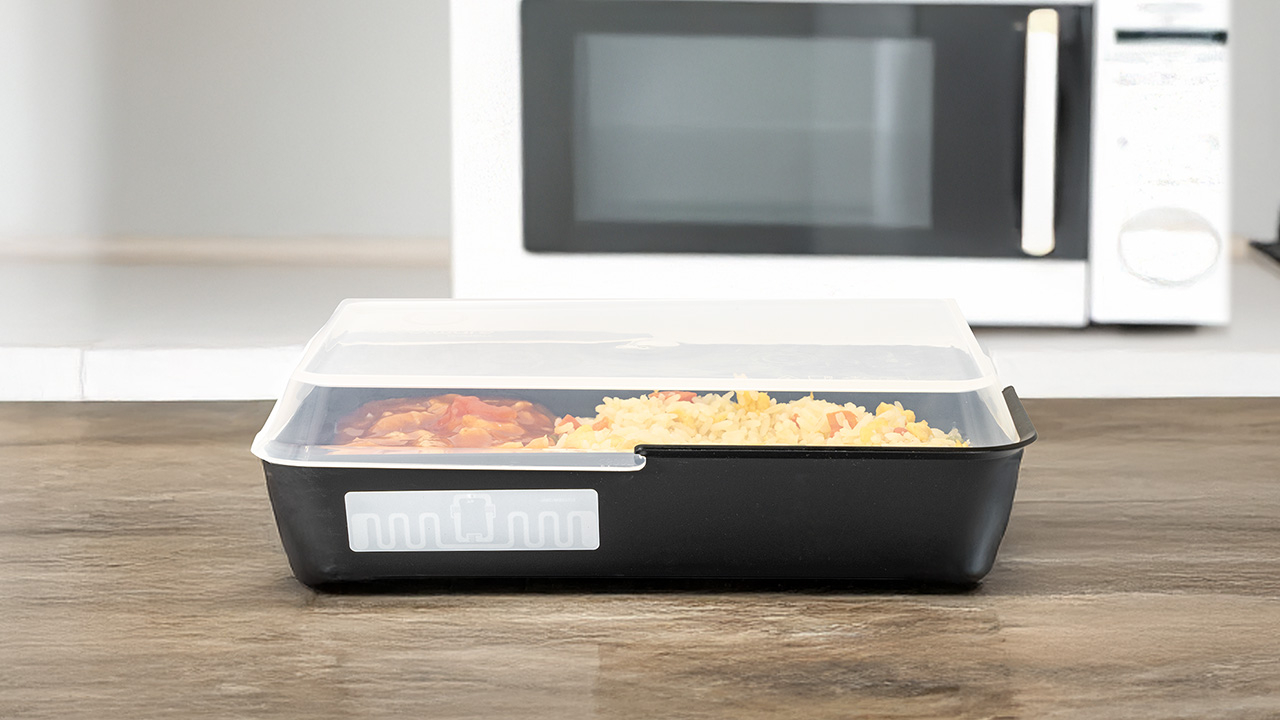Beat the pirates

The report says that brands lost over 200 billion USD to online brand abuse last year. There were 53 billion visits to rogue sites in the last 12 months and 14 percent of branded paid search traffic is hijacked.
The report noted: ‘The financial impact of online brand abuse is substantial and pervasive, resulting in revenue loss, increased customer service costs and exposure to legal liability. Other impacts of online brand abuse are more insidious, leading to significant erosion of margins, brand reputation and customer trust.’
When a consumer buys a product from a reputable retailer, they gain significant protection from the retailer’s secure supply chain (though there have been significant breaches even here in the recent past). But when ordering goods from a website, how is the consumer to be assured they are genuine? The labels industry is already gaining significant experience in linking the physical label to brands’ social media hubs using a variety of technologies including QR codes and Augmented Reality. It should be possible to adapt these techniques to link a product ordered online to a unique reference on the legitimate website at the moment the product is ordered. Possibly a QR code which links to a secure website, or a secondary label with a code entered into a secure website by the consumer when the product is received.
This is yet another fascinating example of how the movement of consumers online has actually increased the importance of the label. Some had speculated that consumers would be content to be delivered a ‘white box’ containing an online purchase, but the essential information and security elements of the physical label actually become more, and not less important.
Stay up to date
Subscribe to the free Label News newsletter and receive the latest content every week. We'll never share your email address.


